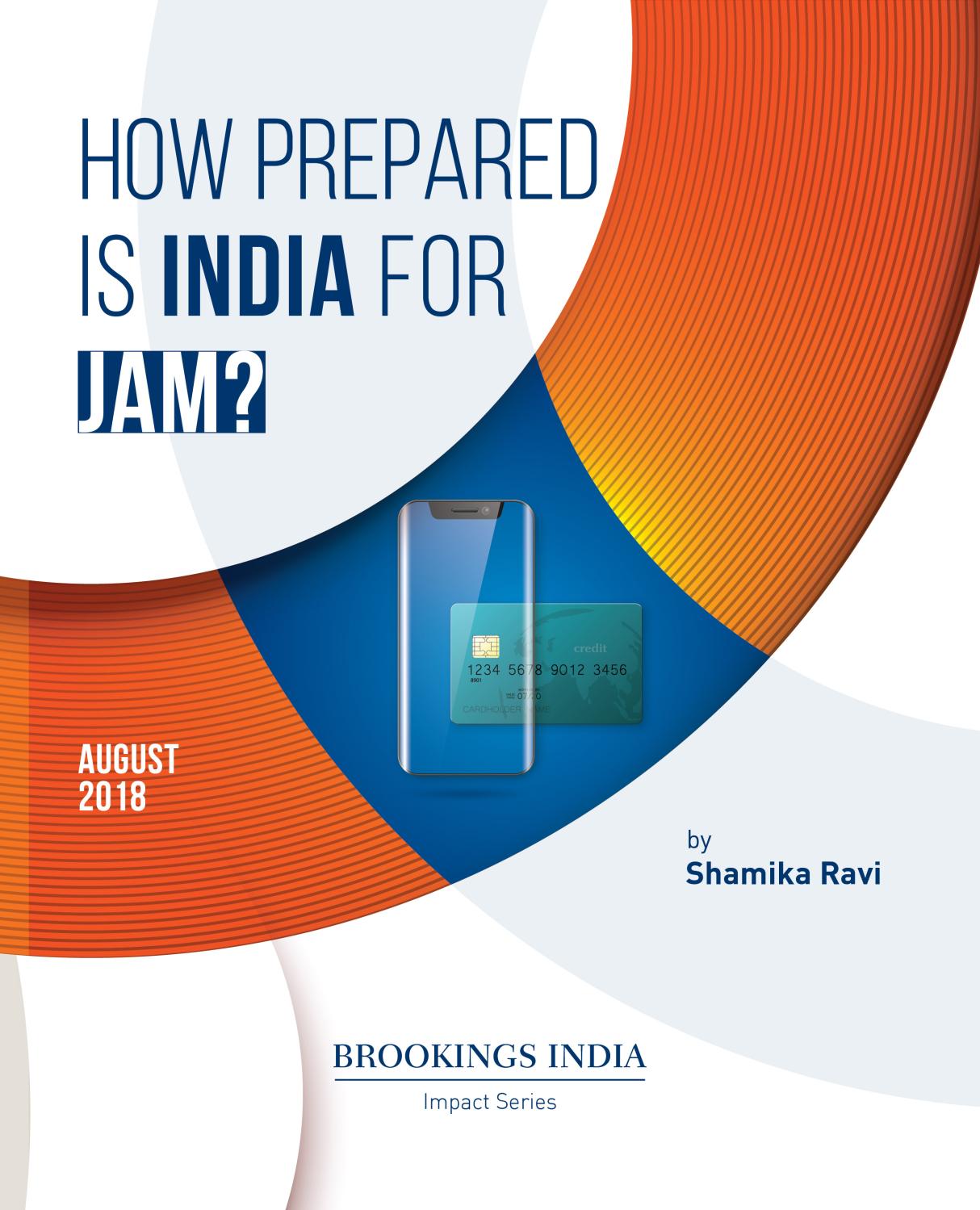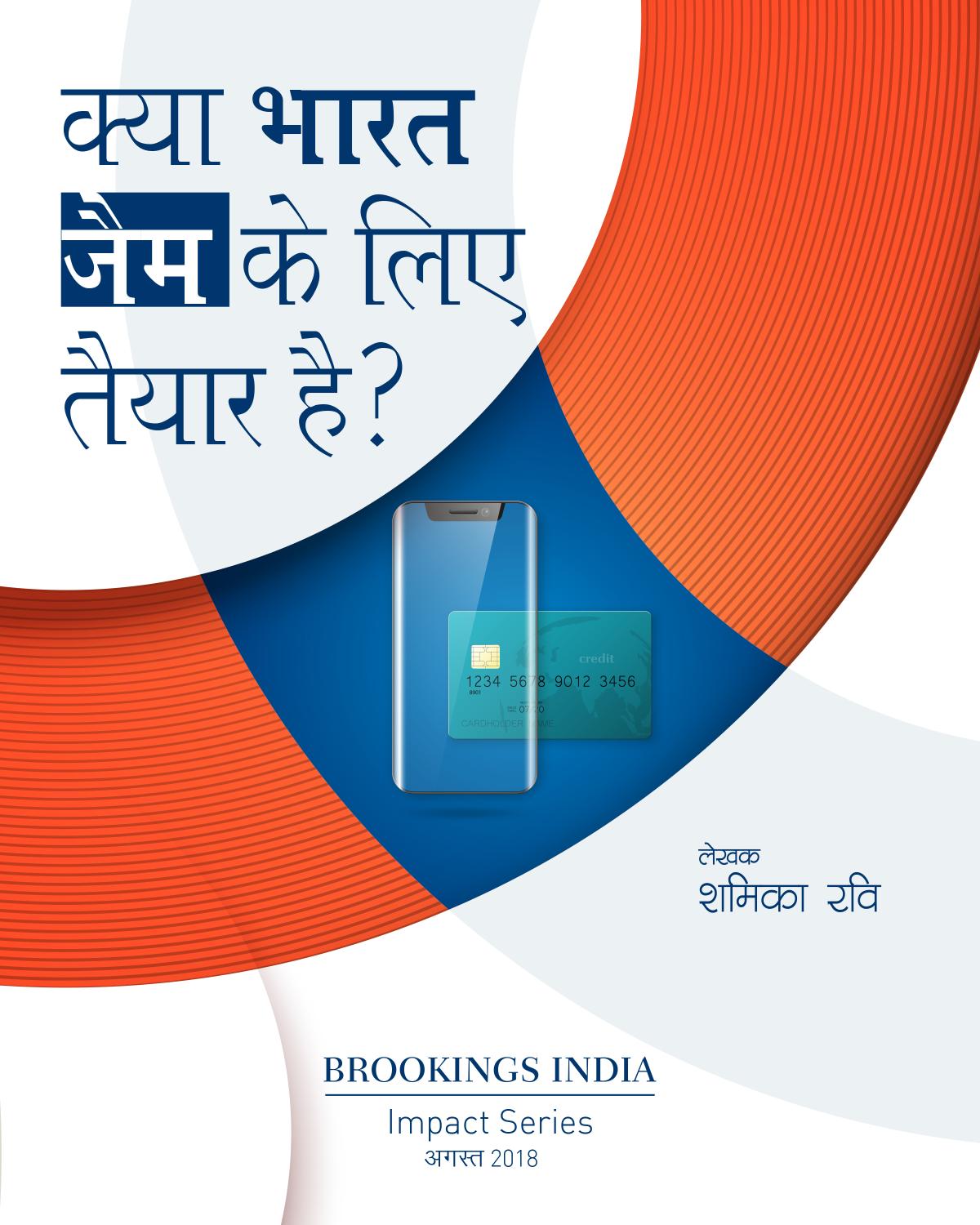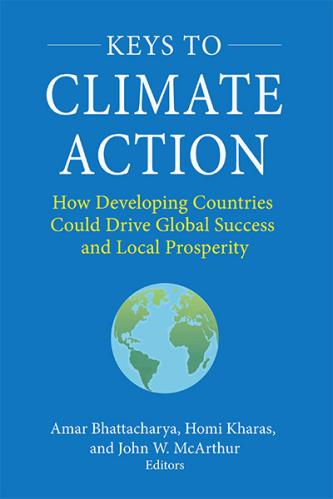Content from the Brookings Institution India Center is now archived. After seven years of an impactful partnership, as of September 11, 2020, Brookings India is now the Centre for Social and Economic Progress, an independent public policy institution based in India.


The Indian government’s JAM trinity comprises three components: Jan Dhan bank account, Aadhaar unique identity number and mobile phone. A combination of these three elements is seen as the pathway to implementing large-scale direct benefit transfers in India. The Jan Dhan Ayojana (Peoples’ Wealth Scheme) is a government scheme that aims to expand and make affordable access to financial services such as bank accounts, remittances, credit, insurance and pensions to the poor in India. This has seen a phenomenal uptake within the first few years, with an average of 2 million accounts per week. The Jan Dhan scheme was awarded a Guinness World Record for opening the most bank accounts in a single week (18 million during August 23-29, 2014). The second component is the unique identity number, Aadhaar, which is nearly universal today within the country. In early 2017, the Government of India declared that more than 1.1 billion people have an Aadhaar number, covering more than 99 percent of the Indian adult population. The third component is access to mobile phones, and this has spread across the country, mostly through private licensed operators.
In early 2017, the Government of India declared that more than 1.1 billion people have an Aadhaar number, covering more than 99 percent of the Indian adult population.
In India, it is not unusual for the rich to receive more welfare money than the poor. As India’s Finance Ministry noted in its annual Economic Survey released in January 2017, the problem is “almost intrinsic” to the country’s anti-poverty and social programmes. Much of the money is funneled through India’s convoluted bureaucracy and ends up “leaking to non-poor and…corrupt local actors.” But a new promising idea is catching hold: real time, technology-enabled Direct Benefit Transfers (DBTs). The Economic Survey 2016 reported that introduction of DBT of LPG subsidies in the PAHAL scheme reduced leakages by 24 percent. Increasingly, more subsidy schemes are considering this route. It is therefore, important to take stock of the preparedness for this transition across the country.
To assess the state’s capability to implement DBTs, we calculate JAM preparedness indexes using household-level data. We prepare these indexes combining data on whether households have at least one bank account, whether at least one member of the household possesses an Aadhaar identification number, and whether the household owns a mobile phone.
Overall, the results show a remarkably high level of JAM preparedness within a relatively short period since the government initiated this concept. There is, however, great degree of variation across states and regions of the country. The southern states of India, comprising five states and one union territory, are the best prepared for JAM. The weakest link in JAM preparedness lies in the north-eastern part of India, followed by the eastern region, comprising the largest states of Uttar Pradesh and Bihar. The results also show a significant gap between rural and urban households, where the latter show greater JAM connectivity. This is true for almost all states of the country.
Among the poorly connected states, Chhattisgarh, Odisha and Jharkhand have the weakest mobile connectivity, while Bihar and most states of the northeast have poor bank linkages as fewer households report owning bank accounts. The poorest Aadhaar coverage is in Assam and Meghalaya, where merely 2 percent and 1 percent households respectively report having the Aadhaar ID.




